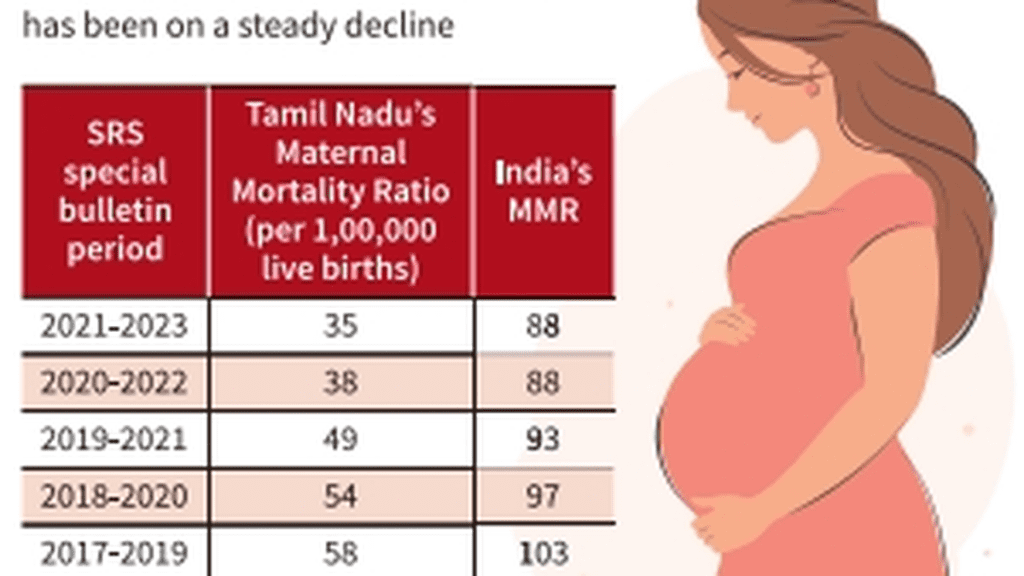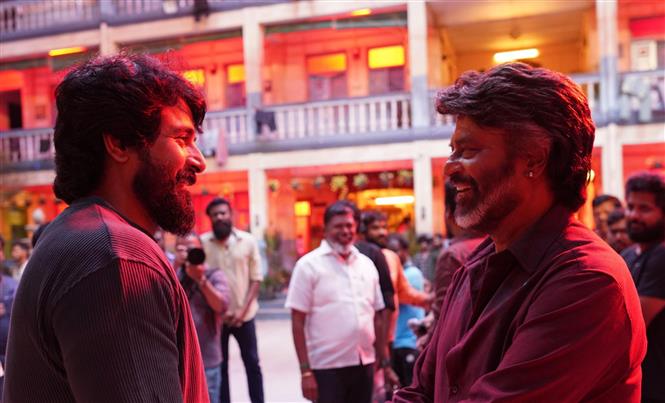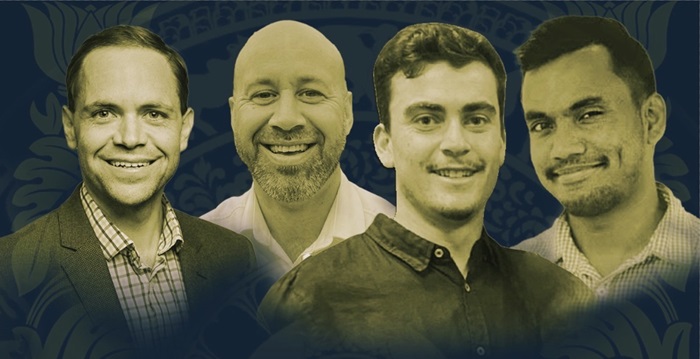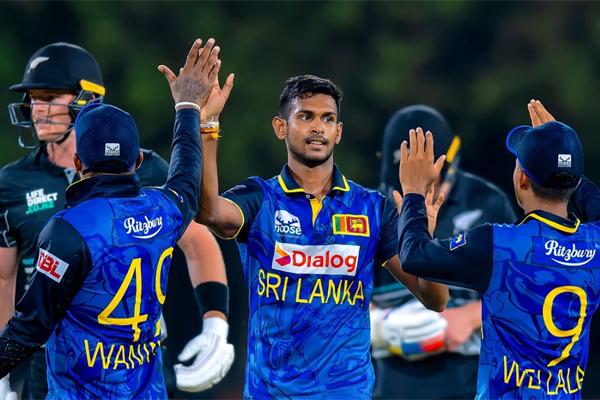Sepak Takraw World Cup gold for India: Can this win spark a revolution?

Sepak Takraw World Cup gold for India: Can this win spark a revolution?
On March 25, 2025, the Indian men’s regu (three-player) team secured its first-ever gold medal at the International Sepaktakraw Federation (ISTAF) World Cup in Patna, Bihar. The victory sparked nationwide celebrations, with the Prime Minister and Sports Minister extending their congratulations.
India faced Japan in the final, recovering from a first-set loss (11-15) to win the next two sets (15-11, 17-14) at the Pataliputra Indoor Stadium. This triumph marked India’s best-ever performance at the ISTAF World Cup, where 21 countries from four continents competed across seven events.
Bihar’s successful bid to host the ISTAF World Cup was based on three key factors, according to Raveendran Sankaran, Director General of Bihar State Sports Authority:
1. The State’s prior success in organising the Asian Women’s Hockey Championship.
2. Sepaktakraw’s recognition as one of Bihar’s 14 priority sports.
3. A positive assessment from the Sepaktakraw Federation of India, which reported on the sport’s development in Bihar to ISTAF.
India’s success was aided by the absence of Malaysia and Thailand, sepak takraw’s dominant nations, in the men’s regu event. Tournament rules required non-host countries to participate in only three of the four categories, leading to their non-participation. While India capitalised on this opportunity, questions remain about how the team would have fared against full-strength opposition.
Head coach Hemraj acknowledged the impact of their absence: “It helped us. They are the best teams, and they have vast talent pools. We are yet to go to that level.”
Sepaktakraw has traditionally been associated with northeastern Indian states, but Bihar has emerged as a growing force in the sport. Sankaran highlighted several steps Bihar is taking to develop and support the sport:
– It has been identified as a priority sport due to its Asian Games inclusion and medal potential.
– Bihar now ranks second in all national championships across all age groups, including the National Games.
– Plans are underway to establish a sepaktakraw academy modelled after international standards in Thailand.
– From the 2025 edition of the Khelo India Youth Games, sepaktakraw has been recognised as a medal sport.
– Over 600 players in Bihar are actively involved in the sport, with its reach expanding across multiple districts.
– It is being introduced in the State’s Eklavya residential sports schools to ensure grassroots development.
Bihar’s only representative in India’s gold medal-winning squad, Bobby, trained at the SAI Training Centre in Bareilly rather than within the State. When asked about plans to improve player development within Bihar, Sankaran clarified: “Bobby didn’t go straight to SAI. He was scouted and nurtured in Bihar. His performance at the national level earned him a place in SAI.”
With India’s men’s regu gold medal marking a pivotal moment for Indian sepaktakraw, Bihar’s role in sustaining this momentum is under scrutiny. Sankaran confirmed that the State’s support will continue:
“Yes, it shall. An immediate effect of this success is sepaktakraw’s introduction as a medal sport for the 7th Khelo India Youth Games, a decision made by the Ministry of Youth Affairs and Sports (MYAS) and the Sports Authority of India (SAI) the day after the World Cup final. We are grateful to Honourable Minister for Sports Shri Mansukh Mandaviya and DG SAI Sujata for their swift action.”
Originating in 15th-century Malaysia, sepak takraw gained popularity within the royal courts. By the 16th century, it had spread to Indonesia as ‘Sepak Raga.’ The sport’s influence expanded throughout Southeast Asia by the 1940s, leading to standardizing rules and regulations.
Even the name combines Malay (‘Sepak’ meaning ‘kick’) and Thai (‘Takraw’ meaning ‘woven rattan ball’), literally translating to ‘kick woven rattan ball.’ This name was officially adopted in 1960 after a meeting between Malaysia and Thailand in Kuala Lumpur.
During the 1982 Asian Games in Delhi, sepaktakraw was a demonstration sport, leading to the formation of the Sepak Takraw Federation of India the same year. However, official recognition from the Indian Olympic Association and the Ministry of Youth Affairs and Sports only came in 2000.
Despite India’s medals at the 2018 and 2022 Asian Games, sepaktakraw remains largely under the radar. Government initiatives, primarily through the Sports Authority of India (SAI), have sustained its growth, particularly in northeastern states like Manipur and Nagaland.
“These players have been trained across STCs in Bhawana (Delhi), Imphal, Dimapur, and Bareilly for 8-10 years. Most players in the team have been a product of SAI. They have received continuous support in funding, foreign exposure, and training opportunities,” Hemraj told Sportstar.
A pre-tournament training camp in Thailand played a crucial role in India’s preparation. The Indian team trained for over a month and competed against local Thai teams to refine their technical skills. “The pre-tournament camp in Thailand played an instrumental part in our success in the tournament. We learned a lot of things, and it helped us become technically better,” said Indian men’s team captain Yumnam Akash Singh.
India’s sepak takraw system remains underdeveloped at the grassroots and professional levels. It lacks a structured professional league or frequent national-level tournaments beyond the senior nationals. The recent World Cup victory has reignited discussions within the Sepak Takraw Federation of India about launching a league to create a sustainable ecosystem.
“I hope this success will accelerate the sport’s overall development. There’s discussion within the federation about a professional league, and I hope it’s now prioritized,” Hemraj stated.
While the national setup provides solid support to elite athletes, aspiring players face limited coaching, inadequate facilities, and logistical barriers. This restricts talent expansion beyond traditional strongholds like the Northeast.
When Hemraj took over as national coach in 2010, India was not a global contender in sepak takraw. Over the past 15 years, gradual improvements in training, infrastructure, and exposure have propelled the team into international reckoning.
“Many people have dedicated themselves to this sport, and I’m grateful to have contributed,” Hemraj said.
India now sets its sights on the 2026 Asian Games. Before that, the team will compete in the Men’s Asia Cup in Malaysia (May) and the World Championship in Thailand (July).
“Our next big target is to win a medal for India at the 2026 Asian Games. Before that, we have the Men’s Asia Cup in May in Malaysia and the World Championship in July in Bangkok, Thailand. We aim to maintain our consistency across all these upcoming events,” Hemraj concluded.
India’s ISTAF World Cup victory is a breakthrough, but whether it leads to sustained growth depends on long-term investments in domestic infrastructure, talent scouting, and professional leagues. The challenge is no longer just winning international medals — it’s building a system where such victories become routine, not exceptions.










